Last update: Jan. 14, 2025
Before you embark on an Oregon vacation, it’s important to know that the state covers over 98,000 square miles of terrain but has only two interstate highways. That leaves a lot of back-road winding along coastal waters, through mossy green mountains and across starkly vivid dessert landscapes.
It’s the contrasts of Oregon that make it such a unique travel destination, and while visitors will find an endless list of things to do, there are a number of the surprises you’ll probably want to hear about beforehand.
Use our Oregon travel tips to learn the eleven things you’ll want to know before visiting Oregon.
Oregon Visitors Guide Table of Contents
Move Over Starbucks, Dutch Bros Is the Place for Coffee on an Oregon Vacation

If you’re accustomed to pulling into Starbucks or even Dunkin’ to grab your cup of Joe, you might have to adjust your habits in order to start your morning off right on an Oregon vacation. In Oregon, it’s the cross blades of a blue and white windmill that mark the spot for the most popular coffee in the state.
Dutch Bros is the largest privately owned drive-through coffee chain with 912 locations across seventeen states. Aficionados even have their own nickname, the Dutch Mafia, having propelled the company to the top of the roast bean chart.
Vacations are a great time to try something new. So, instead of searching for the elusive Starbucks, hit a Dutch Bros instead. Just be prepared for a lot of friendly repartee about what you’re doing and where you’re going. Broistas love to talk!
And if you’re the type who can barely grumble a civil greeting before you’ve fueled up on caffeine in the morning, then heed this Oregon travel tip. Dutch Bros employees are quite friendly, and they’ll have you knee deep in conversation before you’ve had a chance to comprehend you’re even talking.
Important Oregon Travel Tip: Oregon Is at War
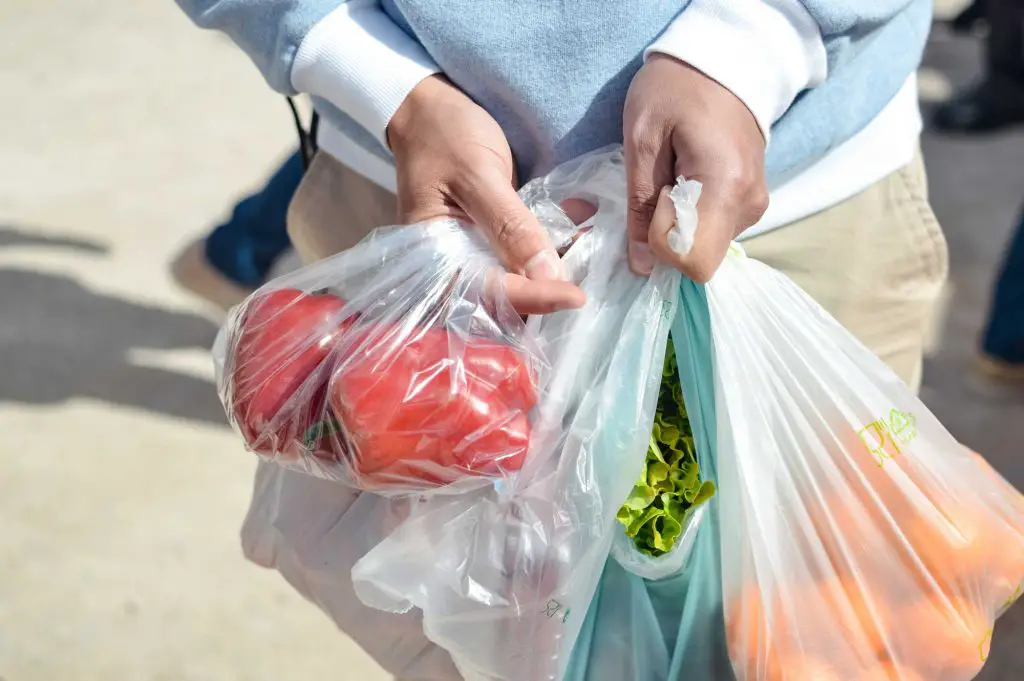
Several years ago, Oregon went to war – against plastic. The plastic bag ban, originally adopted by 16 Oregon cities, went statewide in January of 2020 with the passing of House Bill 2509, also known as the sustainable shopping initiative. Under the act, retail establishments and grocery stores are prohibited from packaging items in disposable bags, requiring customers to bring their own.
Since many visitors to the state aren’t in the habit of toting around reusable bags, grocery stores and retail establishments are able to offer paper or reusable fabric bags for a minimum five cent fee. However, Oregon’s war on plastic hasn’t stopped with shopping bags. Recently, Oregon increased its battle ground to include plastic straws.
While not banned outright, you will find it more difficult to locate a plastic straw to sip your iced refreshment thanks to State Bill 90. The bill, signed by the governor in 2019, prohibits restaurants and some convenience stores from automatically providing plastic straws.
This means you may not find straws located next to drink stations at convenience stores or receive one with your iced beverage at a restaurant. You are, however, permitted to request one, and drive-throughs will still be allowed to distribute plastic straws to customers. Reusable straws, meaning those made from materials such as paper, bamboo or sugar cane, are still permitted.
Recreational Marijuana Is NOT Illegal

There was once a billboard on Route 5 heading out of Corvallis that read, “Where are you going to grow your 4 plants?” The coined phrase referenced the state’s then-recent legislation passing the legalization of recreational marijuana and the fact that residents were allowed to grow cannabis on their own.
Fast forward several years and residents’ weed-friendly attitudes may not necessarily add up to high demand. According to information from Oregon’s liquor control commission released in early January of 2019, the state’s recreational market was chock full of surplus cannabis, enough to meet demand for the following six and a half years. Despite attempts adjust agricultural supply to demand, crop production was still up 15% in 2023.
If you’re embarking on an Oregon vacation and are interested in obtaining the substance, it’s easy to do. Brightly colored stores are hard to miss in even Oregon’s moderately sized towns. However, if you’d rather avoid the substance, you can easily spend your Oregon vacation without realizing the state is now smothering under 2,000 metric tons of wet, untrimmed marijuana. Just ignore the psychedelic storefronts and catchy billboards.
There Is No Sales Tax in Oregon

While you may have to fork over some change to get your purchases bagged, at least you won’t have to pay sales tax. Oregon is one of five like-minded states that does not tax purchases.
How do they pay for roads, schools and the like? Oregonians pay higher income and property taxes than other states, though certainly nothing like you’ll find in the Northeast. For travelers enjoying an Oregon vacation, however, it’s a nice bonus and a chance to shave a few cents off a purchase.
Oregon Travel Tip: Don’t worry about calculating sales tax when making a purchase. There is no sales tax in Oregon!
You Can Pump Your Own Gas in Oregon, but You Don’t Have to
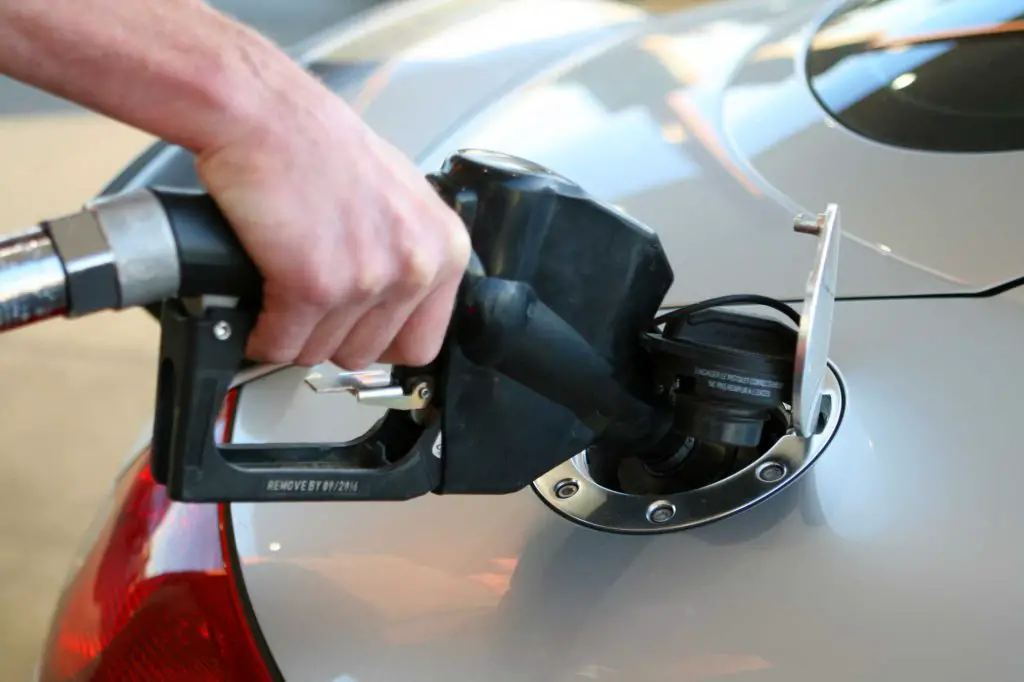
This Oregon travel tip is for the weary traveler. If you’ve never had the decadent privilege of sitting in your car while someone else does the work of pumping your gas, an Oregon vacation will be a treat. Oregon still offers full service at most gas stations, and all but the most sparsely populated areas are required to provide at least one attendant to fill your tank.
If you’re concerned about how the process works, set your fears aside. It’s pretty straightforward.
Simply pull up to the pump and wait for an attendant to approach. Tell him or her how much gasoline you’d like. “Fill her up” is the most common.
Then sit back and wait for the attendant to fill your tank. Be warned, if the station is busy, this could take more than the time required to pump it yourself. Attendants will start the pump and then move on to help others in line, so you may have to wait a bit for them to get back to you to accept payment.
Once the attendant returns to your car, you can pay via cash or plastic (your credit card is one type of plastic allowed in Oregon).
Gratuity is optional. Many Oregon residents never think about offering a tip, but it isn’t uncommon for travelers to do so. The choice is up to you.
Going to Oregon? You’ve Got Lots of Roads to Travel
When planning a trip to Oregon, you won’t reach all of the beauty and charm in a single day.
While those who like the city life may find all they need right inside of Portland, those who want to head outdoors may need to hit the open road. Remember that Oregon has 98,466 square miles of sprawling terrain, including mountains, trees, lakes, rivers, and valleys, so getting to places is not always a walk in the park. During our many adventures across the state, we often find ourselves driving a few hours or more to most destinations.
Take the Painted Hills for example, after a long drive to Mitchell Oregon from Corvallis, you’ll need to travel miles down a dirt road before finding the unbeatable views. Just because a drive is long, however, doesn’t mean the destination is not worth it.
If you wish to reach the eastern portion of the state to visit the Wallowa or Steen Mountains, plan on a day of travel to reach your destination from Portland.
Watch Out for Elk on Your Oregon Vacation
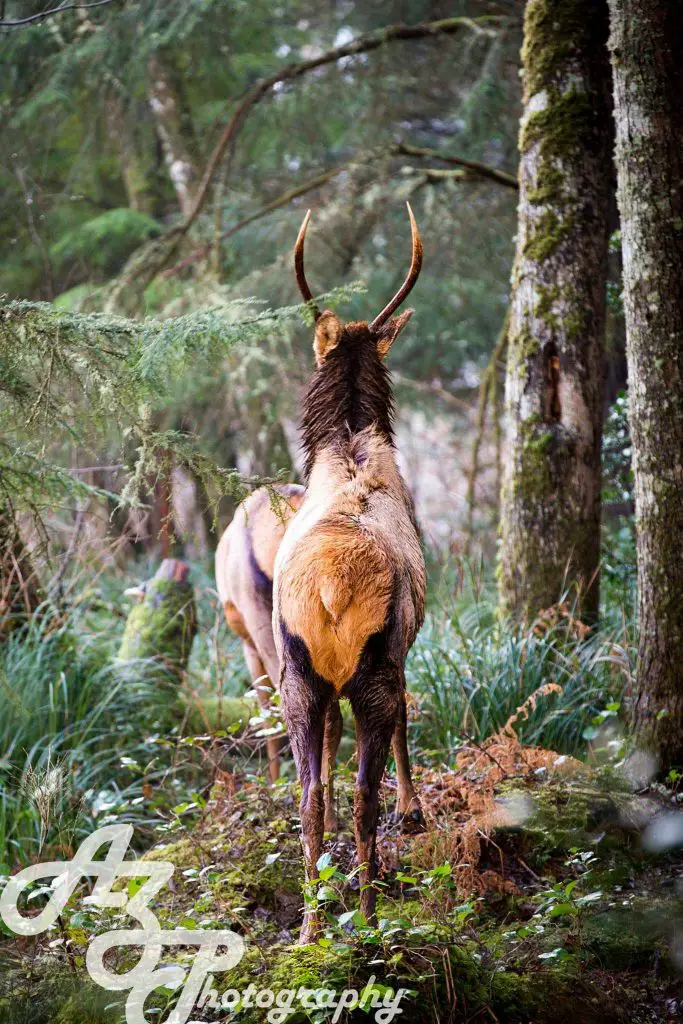
This is one Oregon travel tip that could save your life.
Similar to a deer in conformation and appearance, elk are larger relatives and can be found across the state. They are most common in the Blue and Wallowa mountains, as well as the northern coast range where it isn’t uncommon to find them in yards and public spaces.
Oregon is home to two type of Elk. The Rocky mountain elk is found primarily east of the Cascade Range while the smaller Roosevelt elk inhabits western regions. As with any wild animal, you should confine your viewing to a distance and avoid direct interactions.
When driving, remain vigilant, particularly at night. An early 2018 crash left 13 elk dead after a man drove into a herd crossing the road in the dark. He was uninjured, but his Chevy Avalanche sustained heavy front-end damage. A driver of a smaller vehicle could have been seriously hurt if not killed.
To keep safe during your Oregon vacation, always remain alert for elk.
You May Not Want to Take that Ocean Swim on an Oregon Vacation
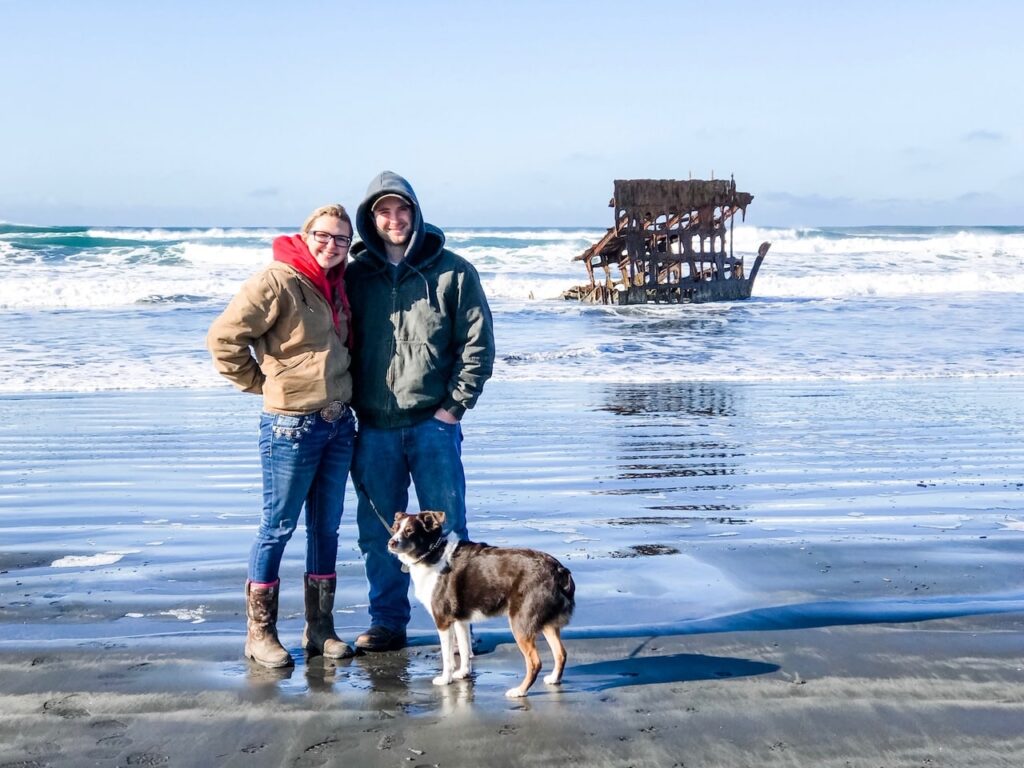
You’ve seen the pictures of Oregon’s beautiful coastline and can’t wait to catch some waves. Hold on a minute. You might want to take some steps to be prepared.
For the most part, summer water temperatures peak at a balmy 58 degrees according to the National Oceanic and Atmospheric Administration, with the exception of Astoria. Here, you may be able to dip your toe in the warm splendor of 68 degree currents.
Make no mistake, people do swim in the ocean, but with average summer air temperatures in the 60s on the coast, it takes a hearty bunch to brave the elements. That, or a good wet suit.
If the chilly temperatures put you out of the mood for swimming, don’t change your Oregon vacation plans just yet. Just like the state itself, the Oregon coast offers an endless array of things to do.
You can easily explore the many light houses that were once used to protect the rocky coast, visit an old ship wreck, examine tide pools, delve into an abandoned war-time fort, tour an aquarium, build a sand castle, or even ride the sand dunes.
With even more options available, you won’t miss swimming at all.
How to Get to Oregon? It’s Simpler Than You Think
Given the size of Oregon’s borders, you might now be thinking you can’t get anywhere without a lot of driving. In actuality, the opposite may be true with a little strategic planning.
If you’re going to Oregon, it’s important to know that the state has three airports. The biggest airport in Portland (PDX) by far sees the highest influx of traffic. While part of the popularity is due to the size of the facility and the extensive number of flights the airport accommodates, another reason is its location.
Portland International Airport is only about 9 miles from the sights and sounds of Portland. If you’re visiting Oregon to take in the city sites, PDX is the best option for you. This is also a viable option for visiting places such as the Mount Hood region, the Columbia River Gorge and even destinations in Salem, such as the Trail of Ten Waterfalls.
However, Eugene also boasts it’s own airport facility. Mahlon Sweet Field, also known as EUG in airport parlance, is smaller in size than its northern cousin but still accommodates locations such as Seattle, San Francisco, Los Angeles, Denver, Salt Lake City, Las Vegas, Chicago, Palm Springs, and Phoenix-Mesa with non-stop flights. In addition, connections are available to many other locations.
For easy access to the Deschutes wilderness, the “Over the River and Through the Woods” Scenic Byway, the wineries of the Willamette Valley or areas in central Oregon, you won’t find a closer starting point that Eugene. The city itself also offers fun adventures and nightlife with a college vibe.
If you’re traveling to southern Oregon, consider flying into Medford. The Rogue Valley International Medford Airport on the southwestern border offers flights across the western U.S. If your travel originates in places such as Salt Lake City, Phoenix or Denver and you plan to visit places such as Crater Lake, the Rogue River Corridor or the southern Oregon coast, this airport will afford you easy access with drastically reduced travel time.
Last, when visiting the eastern desert areas of the state or the higher elevations of the Wallowas, flying into the airport in Boise, Idaho may be your best bet. Taking this route could knock a couple hours or more off of your travel time over flying into Portland.
Rain Rain Go Away – Wait… Come Back!
This is how many Oregon residents feel, since the winter months are welcome to daily rain or drizzle. The wet season phases in around late October and begins to fade away around late March. By early June, conditions are typically dry and by the end of the summer dangerously so.
It isn’t uncommon to see red flag fire conditions in all mountainous areas and most valleys during this time. The grass becomes a mellow gold and the landscapes dry and brittle.
It’s a stark contrast to the winter months when getting outside means braving a steady drizzle or light rain. While there are some days and odd weeks that are an exception, if you visit Oregon during the winter, plan on rain, or at the very least clouds.
In the winter, the rain that occurs at lower elevations falls as snow in the mountains. Traveling from the eastern side of the state, to the western or vice versa, can be dangerous and slow depending on snow loads.
The type of weather you prefer will determine the best time to visit Oregon for you. If you like dry and warm, plan your trip for the summer. If you don’t mind wet weather, winter is a great time to visit with fewer crowds.
Oregon Travel Tip: You’ll Find Some Quirky History
Oregon may not have become a state until 1859, but there is still plenty of history to be found. In fact, Oregon seems to have as many historical sights and museums as it does hiking trails – if you know where to look. Best of all, many lean toward the quirky and unusual/
When visiting Oregon, you can learn about the state’s involvement in WW1 and WW2 at Fort Stevens or see the shipwreck of the Peter Iredale sticking out of the sand during a visit to the Oregon Coast.
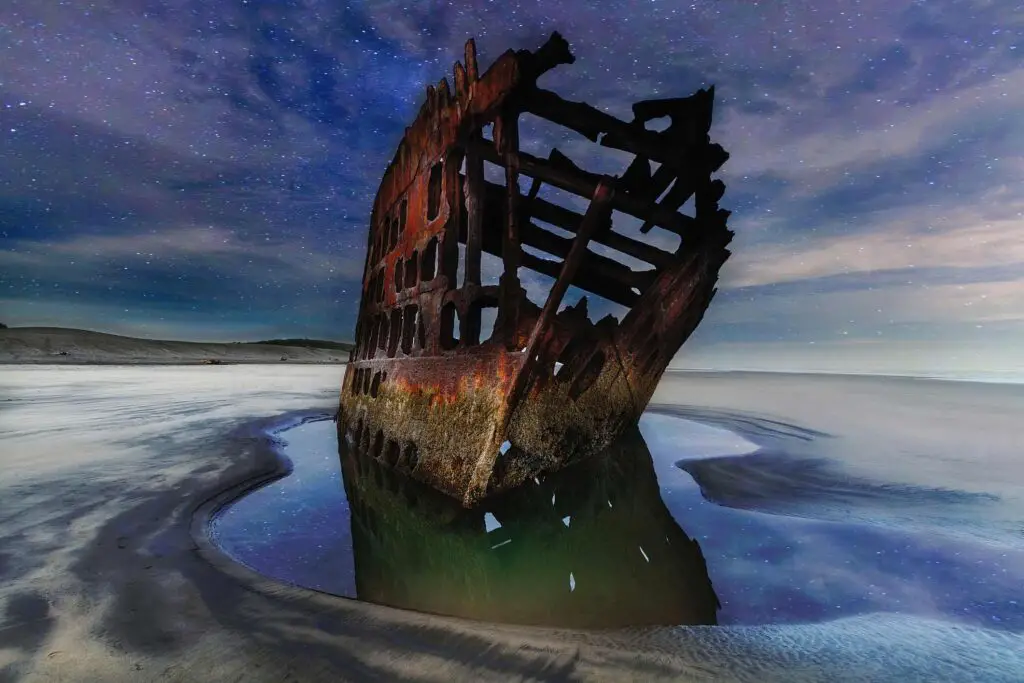
If you’re in Corvallis, be sure to head out to the Living Rock Museum for a history lesson on local culture and one historic family. You’ll find some unusual art thrown into the mix as well.
Of course, Oregon is most famous for its ancient geological history, and you’ll find that volcanic landscapes abound. For a nice lesson on the before times, Newberry Volcanic Monument outside of Bend is rife with information and scenic sights.
Now that You Know…
Knowledge is power, so get out and enjoy your vacation with our Oregon visitors guide.
EXPLORE WITH US
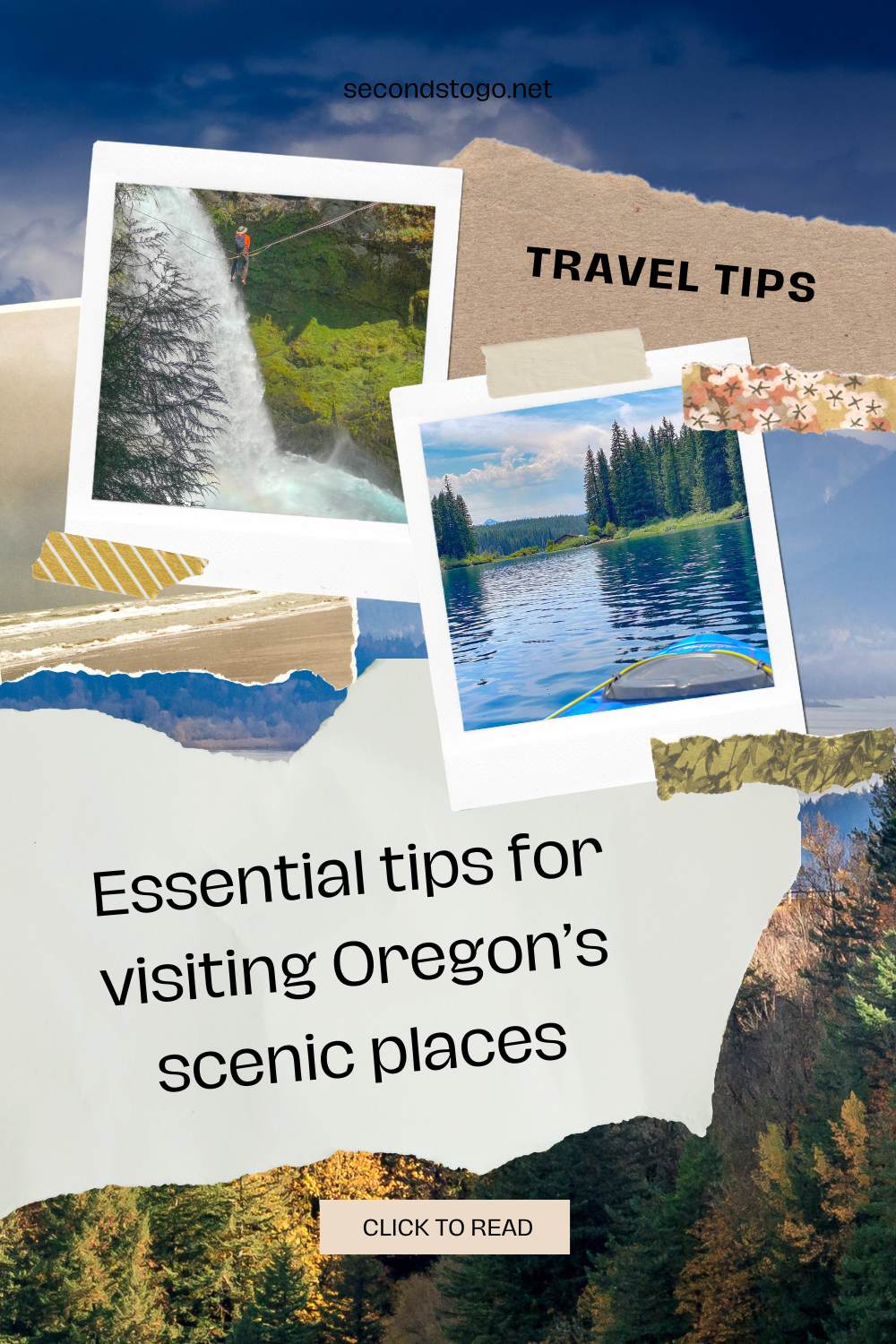

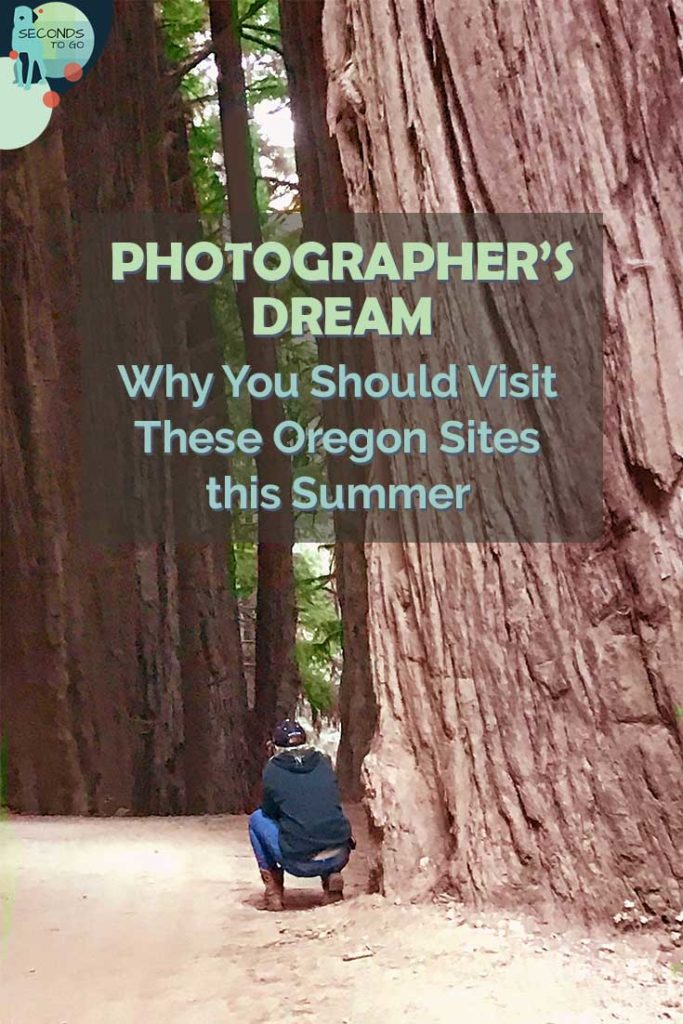

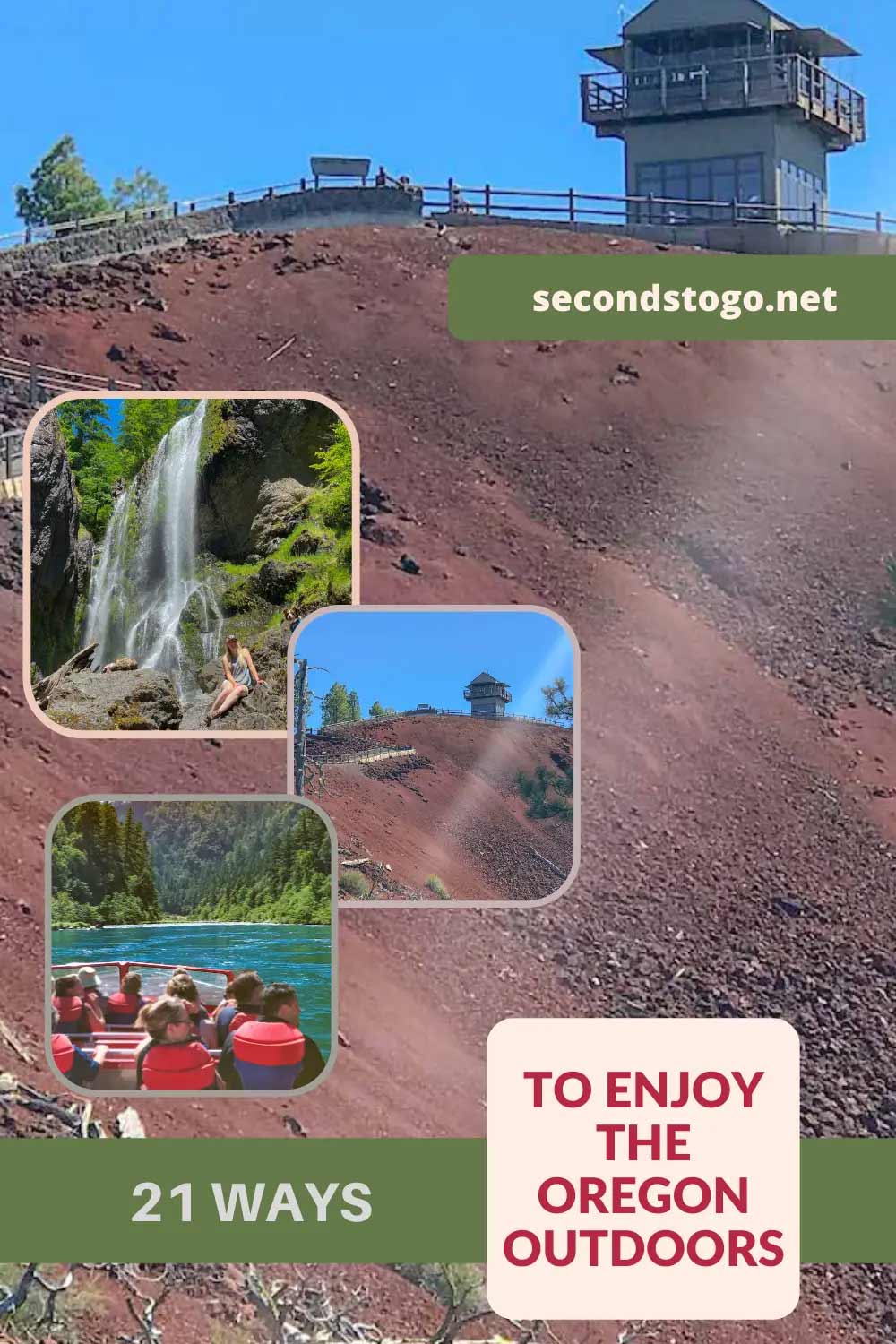






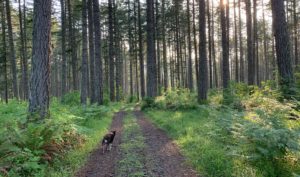
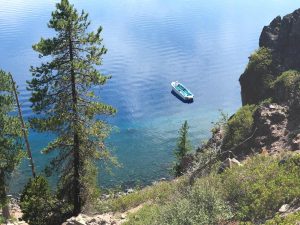
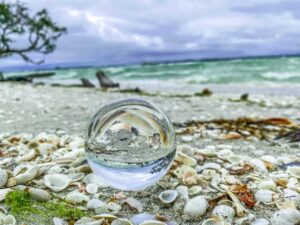
Comments are closed.